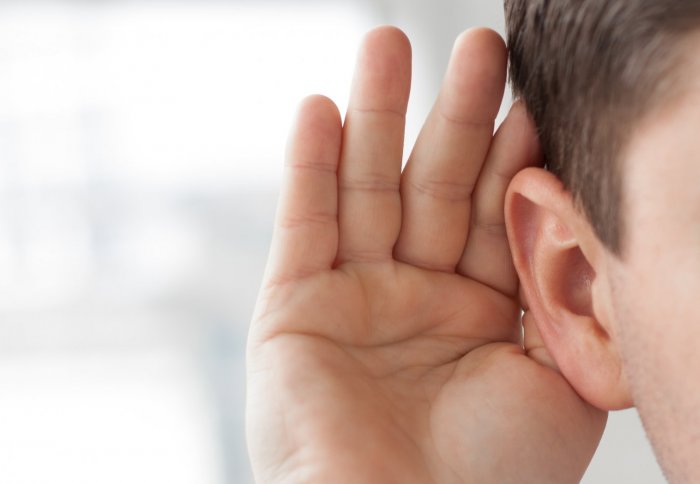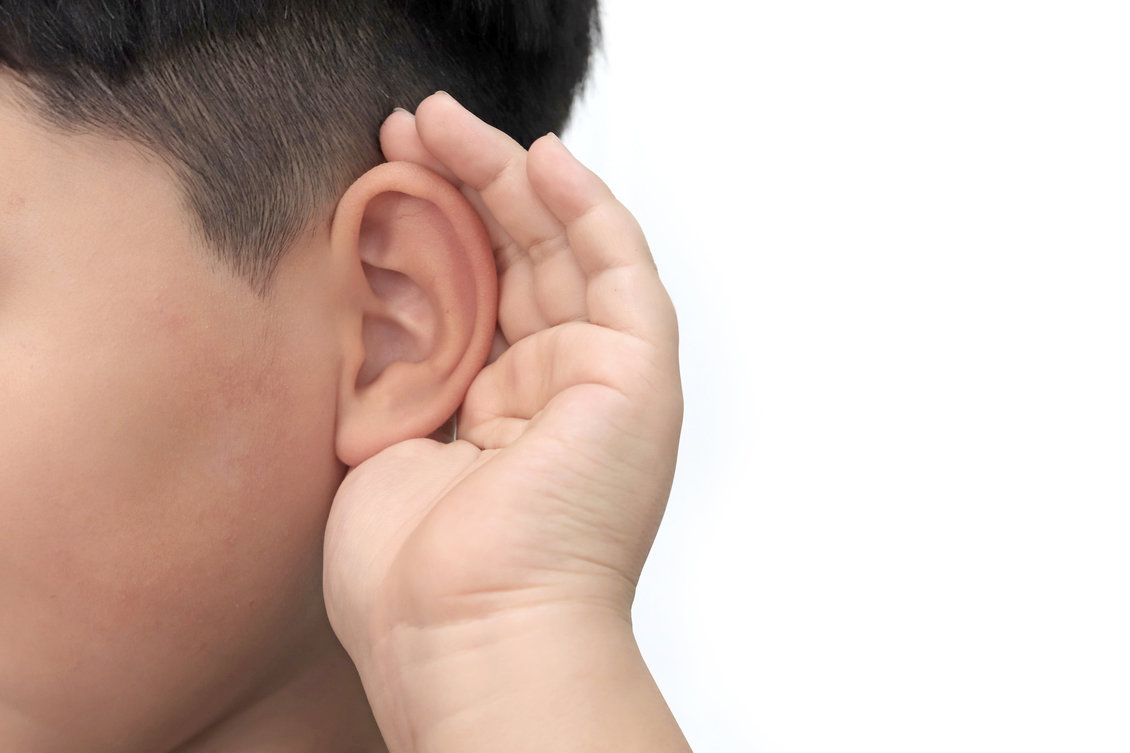There’s just something about a really good song, isn't there? You know, that feeling when a beat drops, or a melody starts to play, and suddenly, your feet just seem to have a mind of their own. It's almost as if your body responds before your brain even gets a chance to process it. That pure, unadulterated urge to move, to sway, to just let loose and dance, is a feeling many of us know very well. It's a universal language, this connection between sound and motion, and it's pretty powerful, too it's almost.
Think about those moments, whether you're at a party, in your kitchen, or just walking down the street with your headphones on. A certain rhythm comes on, and you find yourself tapping your foot, bobbing your head, or maybe even breaking into a full-on shuffle. This isn't just about choreographed moves; it’s about an instinctive, joyful response that comes from deep inside. It’s a very simple pleasure, yet it brings so much happiness, in a way.
For decades, certain songs have captured this very essence, becoming anthems for anyone who feels that undeniable pull. One classic track that perfectly sums up this whole experience is a true gem from the 80s, with its memorable line: "when I hear music, it makes me dance." That phrase, you know, it truly speaks to the heart of what music does for us, as a matter of fact.
Table of Contents
- The Iconic Anthem: "When I Hear Music"
- The Magic Behind the Melody: How the Song Was Made
- A Dance Club Phenomenon
- Why Music Makes Us Move: The Science of the Groove
- Finding Your Rhythm: Getting Into Your Own Groove
- The Importance of Hearing the Beat
- Frequently Asked Questions
The Iconic Anthem: "When I Hear Music"
When we talk about "when I hear the music it makes me dance," one song immediately springs to mind for many who grew up loving dance and freestyle sounds. That's Debbie Deb's timeless hit, "When I Hear Music." This track, originally released in 1984, pretty much became a staple in dance clubs and truly defined an era of music. It’s got this incredible ability to transport you straight back to the disco floor, you know, even if you’ve never actually been there, apparently.
The song’s chorus, "when I hear music, it makes me dance / you got the music, here's my chance," is more than just a catchy phrase; it’s a declaration. It’s about that instant connection, that moment of opportunity when the perfect song comes on and you just have to respond. It's a feeling that resonates with anyone who has ever felt the pure joy of moving to a beat. It’s a rather simple sentiment, yet so utterly powerful, really.
Debbie Deb's vocals on the track were described as having a "fragile anticipation," which adds a certain charm to the whole experience. It's not an aggressive demand to dance, but rather a gentle, inviting nudge. That subtle quality, in fact, is part of what makes the song so enduring and beloved by so many, even today.
The Magic Behind the Melody: How the Song Was Made
The creation of "When I Hear Music" is a really interesting story, showing how different sounds can come together to make something truly special. The song actually took its bassline from a hugely influential track, "Planet Rock" by Afrika Bambaataa & The Soul Sonic Force. That's a pretty big deal, considering "Planet Rock" itself was a groundbreaking piece of music, you know, that really pushed boundaries.
Beyond the borrowed bassline, the song added its own unique flair. It incorporated simple, almost video game-like sound effects. Picture those little bleeps and bloops, combined with a toylike melody created from chime sounds. This blend of electronic elements gave the track a distinct, playful character that was quite fresh for its time. It’s this sort of clever arrangement that makes it stand out, frankly.
Tony Butler, who was involved with Debbie Deb, had a style that really came through in this track, as DJ Mamey Disco from Florida International University once commented. The way the elements were put together, from the driving bass to the whimsical chimes, created a soundscape that was both infectious and innovative. It’s a pretty clever piece of production, if you think about it, in some respects.
A Dance Club Phenomenon
Even though "When I Hear Music" only reached number 43 on the "Black Singles" chart back in 1984, its real success wasn't measured by chart positions. This song, you know, became an absolute dance club staple throughout the entire 80s. It was the kind of track that DJs would play to get everyone on the floor, and it just never seemed to fail, honestly.
It quickly earned its place as a freestyle music classic. Freestyle music, with its upbeat tempos, catchy synth lines, and often emotional vocals, was all about getting people moving, and this song perfectly embodied that spirit. It was the soundtrack to countless nights out, a track that truly defined the energy of the dance scene. You’d hear it, and suddenly, you’d be looking on the dance floor, seeing so many people just letting go, you know?
The lyrics themselves paint a picture of these nights: "went to the disco, couldn't believe my eyes / I looked on the dance floor, saw so many guys." It captures that sense of excitement and possibility that comes with a night of dancing. This song, it really is more than just a tune; it’s a memory for so many, a feeling that still resonates today, basically.
Why Music Makes Us Move: The Science of the Groove
So, why does music have this incredible effect on us? Why, when we hear the music, does it make us dance? It’s not just a cultural thing; there's actually a bit of science behind it. Our brains are wired to respond to rhythm and melody. When we hear a strong beat, our motor cortex, which controls movement, lights up. It's almost like our bodies are naturally inclined to synchronize with the sounds around us. This connection is pretty deep, you know, going back to very early human experiences.
Music also triggers the release of dopamine, a feel-good chemical in our brains. This is why listening to music, especially music with a good beat, can make us feel so happy and energized. It’s a natural mood booster, and that feeling of euphoria often translates into physical expression. That’s why, in fact, you might find yourself smiling and swaying without even realizing it, as a matter of fact.
Beyond the brain chemistry, there's the social aspect. Dancing is often a communal activity, a way to connect with others without needing words. Think about how many people have shared moments on a dance floor, all moving to the same rhythm. It creates a sense of belonging and shared joy. It's a powerful way to express yourself, too, and just let go of any worries for a little while, you know, quite literally.
Finding Your Rhythm: Getting Into Your Own Groove
You don't need to be a professional dancer to feel the magic of music. The beauty of "when I hear the music it makes me dance" is that it’s about personal expression, not perfection. Whether you’re a seasoned club-goer or someone who just shuffles around the living room, the feeling is the same. It’s about letting the music guide you, and allowing your body to respond in its own unique way. Everyone has their own kind of movement, you know, and that's perfectly fine, you know.
If you're looking for songs that will definitely make everyone dance and get their bodies moving, there are so many choices out there. From classic disco and funk to modern pop and electronic tracks, the world of music is full of rhythms just waiting to be discovered. Sometimes, you just need to put on a playlist and see what moves you. It's a very simple pleasure, and honestly, it’s always available, pretty much.
Consider exploring different genres. You might find that a certain type of music sparks a different kind of movement in you. Perhaps some reggae makes you sway gently, while a high-energy pop track makes you want to jump. The key is to experiment and find what truly resonates with your spirit. It’s all about feeling the vibe, and letting it take over, sort of.
The Importance of Hearing the Beat
To truly experience the joy of "when I hear the music it makes me dance," hearing the music clearly is absolutely essential. Imagine trying to feel the beat if the sounds are muffled or unclear. It would certainly diminish the experience, wouldn't it? The magic of music, that ability to make us move, relies on our ability to fully take in all those intricate sounds, you know, from the bassline to the delicate chimes.
That's why organizations that champion hearing health believe everyone should hear well to live well. They’re on a mission to advance hearing care and deliver the magic of hearing to as many people as possible. Being able to pick up every note, every subtle rhythm, allows us to connect with music on a much deeper level. It’s pretty much about enjoying life to its fullest, you know, through sound.
Whether it's keeping up with the songs in your playlists or enjoying a live performance, clear hearing helps you immerse yourself completely in the moment. When you can hear the music as it was intended, the urge to dance becomes even stronger, more irresistible. It’s honestly about ensuring that nothing stands between you and that pure, joyful response to a great tune, basically. To learn more about the importance of sound, you can explore resources on the history of freestyle music.
Frequently Asked Questions
What song has the lyrics 'when I hear music it makes me dance'?
The most famous song with these lyrics is "When I Hear Music" by Debbie Deb. It's a classic freestyle and dance track from the 1980s that truly captures the feeling of wanting to move when a great beat comes on. It's a very memorable tune, you know, for so many people.
Who sang 'When I Hear Music'?
The song "When I Hear Music" was sung by Debbie Deb. She’s an American singer known for her contributions to the freestyle music genre. Her voice, with its "fragile anticipation," really helped make the song an enduring hit in dance clubs, you know, for decades.
What is freestyle music?
Freestyle music is a style of electronic dance music that became popular in the 1980s, especially in the United States. It’s characterized by its upbeat tempos, catchy synth melodies, and often romantic or emotional vocals. Songs like "When I Hear Music" are perfect examples of this genre, which basically aimed to get people dancing and having a good time, you know, on the dance floor.
Learn more about music and movement on our site, and link to this page for more dance tunes that will get you grooving.



